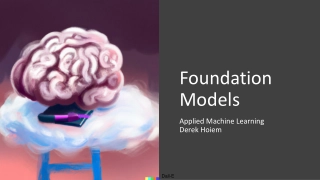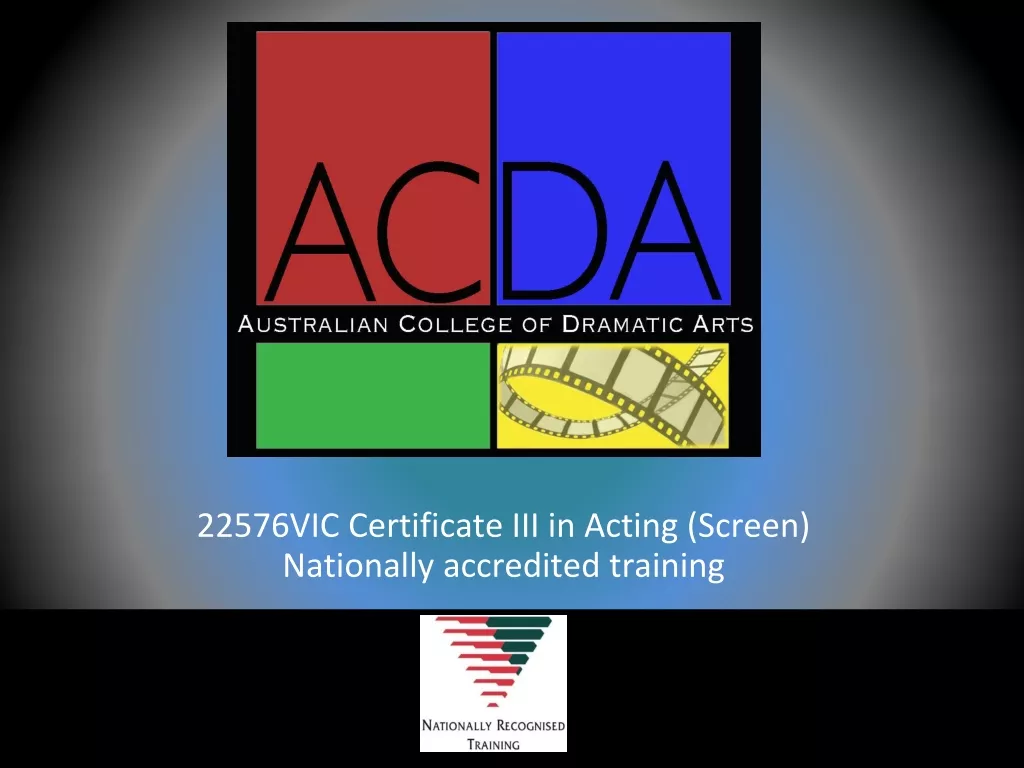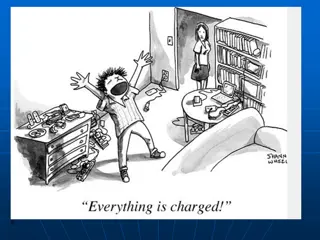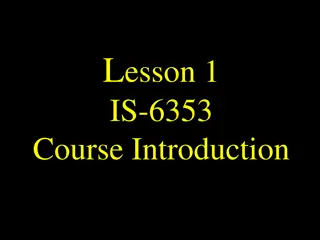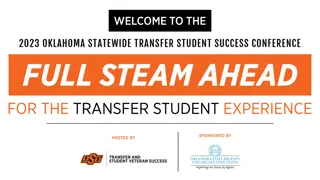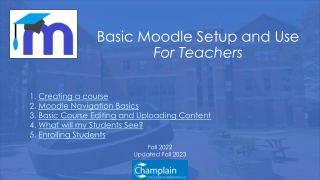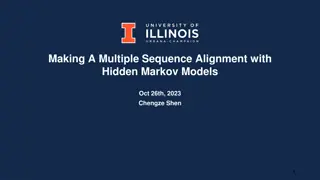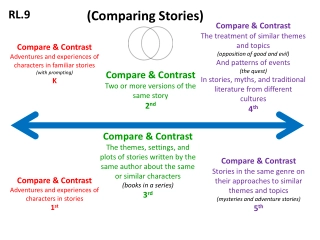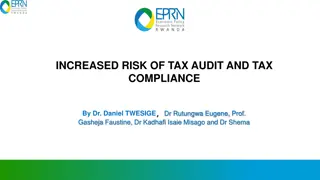Blender3D Animation Course: Create 3D Models and Characters
Dive into Blender3D tools for creating animated 3D models and characters. Learn modeling, texturing, and animation techniques, culminating in a game-ready project.
Download Presentation
Please find below an Image/Link to download the presentation.
The content on the website is provided AS IS for your information and personal use only. It may not be sold, licensed, or shared on other websites without obtaining consent from the author. Download presentation by click this link. If you encounter any issues during the download, it is possible that the publisher has removed the file from their server.
Presentation Transcript
Who am I? Richard McKenna richard@cs.stonybrook.edu New CS 216 Tuesdays 9:30am-11:30am Thursdays 9:30am-11:30am http://www.cs.stonybrook.edu/~richard
Course Homepages http://www.cs.stonybrook.edu/~richard/sbu102 syllabus schedule (lecture slides, hw, etc ) etc. https://it.stonybrook.edu/services/brightspace grades
Seminar Description This course will examine the tools and techniques used for creating animated, textured, 3D models via modeling software. Students in this course will do hands-on exercises using modeling tools and will create their own animated characters using Blender3D.
Seminar Goals Understand how to construct the geometry for an interesting 3D model using a modeling tool Understand how to specify material properties for a 3D model Understand how to make custom textures and to use them to custom texture map your model Understand how to rig and animate your model Understand how your animated 3D model may be used by a game application
Course Topics 3D Concepts Using Blender3D Meshes Materials Textures 3D Animation The Blender Game Engine
Grading All First-Year 102 seminars are graded on an A - C/U basis. Students will be evaluated on the basis of attendance, participation, and work
Course Requirements Class Attendance/Participation Campus Building Project Animated Character Project Game-Related Event Participation Student Playtest Night Tuesday, 4/25, Time TBD Game Programming Competition Friday, 5/12 @ 6pm, SAC Auditorium
Why study games? To get game development jobs Because it is fun Because they are complex Bottom line: games are natural learning devices making games is a great way to learn other things Because they push the envelope of computing technology
Modern Games are Complex Can be very complex Technologies used: 2D & 3D Graphics Sound & Music Networking Artificial Intelligence Physics Simulation Parallel Processing Custom scripting languages Etc. All of it must be implemented efficiently
The Development Team/Army Programmers Designers Producers Artists Audio Engineers
Why Blender3D? It can make great content It's widely used It's free
Download & Install https://www.blender.org/download/ Latest version 3.4.1
Blender 3D: Noob to Pro https://en.wikibooks.org/wiki/Blender_3D:_Noob_to_Pro
What can blender do? Create 3D content Create 3D worlds Produce realistic, beautiful, fantastic 2D projected renderings of 3D content/worlds
First, some formal definitions What's a 3D model? an abstract version of an object renderable data (vertices, edges, textures, etc.) What's modeling? Process of making 3D models
Model Data Vertices Edges Faces Surface Normals
Steps in the Modeling Process Object modeling Shading Lighting Rigging Posing
3D World Construction & Rendering Based on Geometry Imagine a model of this room Everything needs a position in 3D space think 3D coordinates (x, y, z) Where's the origin (0,0,0) of our room?
Blender3D Axes X, Y, Z Cartesian Coordinates Are negative coordinates ok? Right-handed System, Huh?
Axes of Rotation We'll want to rotate stuff How do we denote a rotation? We need 2 things: Axis of rotation Angle around axis Right-grip rule
Coordinate Transformations Changes an object's coordinate values in some way Moving an object (translation) Rotating an object (rotation) Enlarging or shrinking an object (scaling)
Multiple Transformations They can be combined on an object Order of processing matters
Projections Our 3D worlds are projected onto 2D screens Orthographic vs. Perspective projection Orthographic Perspective
Perspective Projection uses Foreshortening What's that? nearby objects rendered larger than faraway objects gives the illusion of depth and distance
What's a vanishing point? Imagine looking down a set of train tracks They appear to converge at a point on the horizon This is the vanishing point
The Projection Plane Depends on camera position and orientation
Blender Coordinates Global Coordinate System each scene has its own fixed origin & orientation virtual camera may be moved about Local Coordinate System each object has its own

























